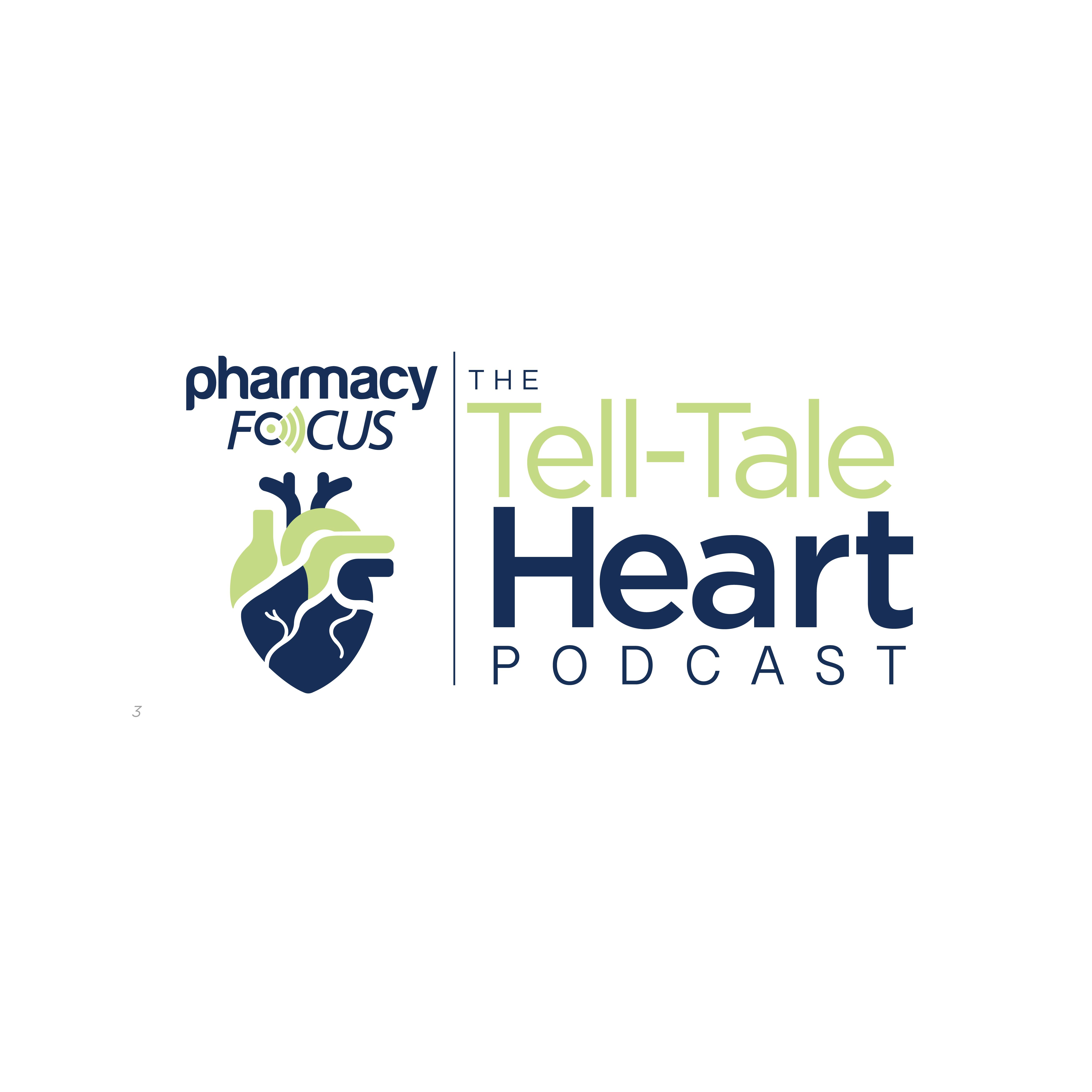News
Article
Ribociclib Plus Adjuvant Endocrine Therapy Is Safe, Tolerable in Patients With HR+/HER2– Breast Cancer
Author(s):
Key Takeaways
- Ribociclib combined with adjuvant endocrine therapy is safe and well-tolerated in HR+/HER2– breast cancer patients.
- Continuous dosing of ribociclib at 400 mg showed better tolerability and promising clinical outcomes compared to intermittent dosing.
Continuous dosing of ribociclib was associated with better tolerability and outcomes.
Ribociclib (Kisqali; Novartis) and adjuvant endocrine therapy (ET) was safe and well-tolerated in patients with stage 1 to 4 hormone receptor-positive (HR+), human epidermal growth factor receptor 2-negative (HER2–) breast cancer (BC). The findings were from the prospective phase 2 LEADER trial (NCT03285412) exploring the potential clinical benefits of combining ET with CDK4/6 inhibitors.1
Breast cancer cell | Image Credit: @ Sara_P - stock.adobe.com

ET is a standard adjuvant treatment for patients with HR+/HER2– BC and is a key component of BC therapy. However, this subtype is challenging to treat with a high risk of disease recurrence, highlighting the need for improved approaches that overcome these common obstacles. CDK4/6 inhibitors demonstrated significant improvements in clinical outcomes, leading to the FDA approval of agents including ribociclib, palbociclib (Ibrance; Pfizer), and abemaciclib (Verzenio; Eli Lilly) for patients with metastatic BC (MBC). Considering the safety and efficacy of these agents, researchers decided to evaluate their potential use in combination with ET to improve overall survival for patients.2
Ribociclib was originally approved for treatment of postmenopausal women with HR+/HER2– advanced or MBC based on results from the MONALEESA-2 clinical trial (NCT01958021) in 2017. This indication was expanded in 2018 to include use of ribociclib in combination with fulvestrant (Faslodex; AstraZeneca) and aromatase inhibitors in pre/perimenopausal women as initial ET. In 2024, it received an additional approval with an aromatase inhibitor for adjuvant treatment of adults with HR+/HER2– stage 2 and 3 early BC (EBC) based on the NATALEE trial (NCT03701334).3-5
In the LEADER study, researchers examined the safety and tolerability of continuous or intermittent schedules of ribociclib in combination with ET in patients with stage 1 to 4 HR+/HER2– BC (n=81). The patients were randomized to 2 dosing schedules: 400 mg continuous versus 600 mg intermittent, with initiation in early (prior ET < 2 years) compared with delayed (prior ET ≥ 2 years) setting. The primary end point was the proportion of patients who discontinued ribociclib before completion of all 12 cycles (measured at 12 months). The researchers also measured recurrence free survival (RFS) and circulating tumor DNA (ctDNA) detection.2
At 12 months, 31% of patients discontinued ribociclib before completing all 12 cycles, with no substantial differences between either cohort. Ribociclib discontinuation was more common with early initiation compared to delayed initiation (36% vs 21%). After a median follow-up of 20 months, disease recurrence occurred in 2 patients from the 600 mg intermittent dosing arm, resulting in a 2-year RFS of 97% (95% CI, 88–99%). There were no recurrences observed in the 400 mg continuous dosing arm with a 2-year RFS of 100%. ctDNA was detected only in the 2 patients who experienced recurrence, with a median lead time of 7.5 months before radiological confirmation.2
The safety profile was favorable, with only 6 reported serious adverse events (AEs) and no deaths. The most common grade 3 or 4 AEs (≥10%) were neutropenia (35%), lymphocytopenia (12%), and leukocytopenia (11%). Grade 3 or 4 neutropenia occurred in 24% and 45% in the continuous and intermittent arms, respectively.2
These findings reinforce ribociclib as a safe and well-tolerated adjunct to adjuvant ET in HR+/HER2– EBC. Notably, delayed initiation with continuous dosing at 400 mg demonstrated better tolerability and promising clinical outcomes. Additionally, the detection of ctDNA prior to radiological recurrence suggests a potential role for this biomarker in early disease surveillance. As research continues to refine treatment strategies, these insights may help optimize the use of CDK4/6 inhibitors in the adjuvant setting, ultimately improving long-term outcomes for patients.2
REFERENCES
1. CDK 4/6 inhibitor, ribociclib, with adjuvant endocrine therapy for ER-positive breast cancer (LEADER). Updated April 1, 2024. Accessed January 30, 2025. https://clinicaltrials.gov/study/NCT03285412
2. Spring LM, Scarpetti L, Medford AJ, et al. Adjuvant endocrine therapy with cyclin-dependent kinase 4/6 inhibitor, ribociclib, for localized hormone receptor-positive/HER2– breast cancer (LEADER). npj Breast Cancer. January 7, 2025. doi:10.1038/s41523-024-00708-5
3. Gerlach A. Ribociclib and inavolisib approvals highlight advances in breast cancer care. Pharmacy Times. December 11, 2024. Accessed January 30, 2025. https://www.pharmacytimes.com/view/fda-approval-of-ribociclib-inavolisib-address-diversity-and-fertility-in-breast-cancer-therapy
4. Study of efficacy and safety of LEE011 in postmenopausal women with advanced breast cancer (MONALEESA-2). ClinicalTrials.gov Identifier: NCT01958021. Updated April 26, 2024. Accessed December 11, 2024. https://clinicaltrials.gov/study/NCT01958021
5. A trial to evaluate efficacy and safety of ribociclib with endocrine therapy as adjuvant treatment in patients with HR+/HER2- early breast cancer (NATALEE). ClinicalTrials.gov Identifier: NCT03701334. Updated November 14, 2024. Accessed December 11, 2024. https://clinicaltrials.gov/study/NCT03701334
Newsletter
Stay informed on drug updates, treatment guidelines, and pharmacy practice trends—subscribe to Pharmacy Times for weekly clinical insights.






